|
Another fabulous programme all over HK with the kids from Island School! Mixing up a variety of locations and activities each day.
0 Comments
Kayaking around HK 🚣🏼♂️ 🇭🇰 - 260km around Hong Kong, paddling on the outside of all the outermost islands in an epic local adventure. 1st leg - 📌 Sai Kung to Lamma Island - Paddling from Sai Kung to the south, a night was spent camping under the stars on the rugged Ninepin archipelago. From the Ninepins lay an open stretch ahead, across a few easterly swells to Waglan and Po Toi where an afternoon was spent stretching the legs across the Islands’ many footpaths. 2nd leg - 📌 Lamma Island to Mai Po - Was an absolute pleasure to link up bright and early with DJ on the northern shores of Lamma Island and make a circumnavigation (i went about 90% of the way round) of his home Island together! Once at the power station we parted ways and I crossed in unusually serene sea conditions to Cheung Chau. After a comfortable stay overnight, I linked up with Mark with batteries charged and we made rapid progress reaching the Soko Islands with plenty of time to explore the area. Highlights being the abandoned Vietnamese refugee camp and most vivid bioluminescence I have ever witnessed. Winds picked up a bit over night providing a blustery crossing to South Lantau, home to freshwater pools and a big feed at Tai O. Paddling under the bridge to Macau we’d hoped to see pink dolphins, but without luck. This marked a turning point in our surroundings, which from then on became increasingly industrial as we approached and navigated through Shenzhen Bay. The finale of this leg could not have provided starker contrast, a majestic sunset paddle through the tranquil wetlands of Mai Po. 3rd leg - 📌 Luk Keng to Sai Kung - A return to solo paddling for the final leg set in motion a 2 day epic paddle; crossing Mirs Bay twice before rounding Sai Kung Peninsula to complete my loop around HK. The first task at hand was to transport the kayak across HK’s land border with China to Starling Inlet. Tranquil mangroves at Luk Keng soon emerge onto open waters and after crossing 30km over to Tung Ping Chau in light headwinds, I was in position to follow that up with a big paddle the following day. A northerly front swung through overnight and an early start helped to propel me homewards through increasingly tumultuous waters. 50km later, I was home and the trip was done 👍🏼
Info on DJ's series 'Drone & Phone'; https://www.droneandphone.com/ https://www.facebook.com/droneandphone/
Info on Mark's row across the Northwest Passage; https://nwpexpedition.com/ https://www.facebook.com/NWPexpedition Filmed by Rory Mackay & Jack Yao Produced by Rory Mackay #kayakingaroundhongkong #wildhongkong #kayaking #adventure #maipo #shachau #lantau #sokoislands #Cheungchau #lammaisland #winter #paddling #beach #hongkong #stunner #fun #hkiger #discoverhongkong #wild #vista #bliss #hk #wildhk #hkig #photooftheday #gopro #wanderlust #drone #lukkeng #tungpingchau #tailongwan #saikung #mirsbay #starlinginlet #ninepins #waglanisland #potoi If you fancy exploring a peaceful area that many folks don’t know about or overlook within Hong Kong, then a day trip out to Shing Mun Reservoir could be in order.
The simplest way in (other than driving) is to head over to Tsuen Wan MTR station and take exit B1. From the station it’s a five minute walk to the 82 green minibus, which will take you to Shing Mun Country Park terminating immediately below the grassy banks of Pineapple Dam. It is recommended you enjoy a meal or prepare food to bring with you before embarking on a visit, as there are no food vendors at the park other than a small kiosk at Pineapple Dam. Arriving at the Pineapple Dam bus stop, keep an eye out for some of the delightful wildlife on offer in HK, especially on the quieter weekdays. You could well be confronted by many monkeys, invariably a troop of Rhesus Macaques. Although the Rhesus species is native to Hong Kong, the macaques found today are believed to be re-introduced. During the construction of the Kowloon Reservoirs, the apes were deployed to the surrounding areas in order to combat the spread of a plant that tainted the water supply. They can roam in large numbers and enjoy the area around entrance areas, as the rubbish bins and increased human presence provides the chance of finding a meal. There are signs at the park entrance spelling out the dos and don’ts in regards to the monkeys. From experience, simply be relaxed. Don’t approach the monkeys with food and they will mind their own monkey business. Direct eye contact and sudden movements won’t endear you to them either. With those unpleasantries out of the way, the monkeys are great fun to observe and can be extremely photogenic! There are a couple of ways to negotiate Shing Mun; the simple way and the adventurous way.
Every now and then, a gap in the foliage may reveal framed views of Tuen Wan, Kowloon and enjoy the iconic backdrop of HK Island behind on a clear day. Back at the reservoir, this final leg of any route you take is particularly pleasant, walking along a flat paved surface under large shady trees that cloak the water’s edge. It is most definitely worth it to have a breather down here, soak up the tranquil atmosphere and capture relaxing views across the water.
Heading back to Tuen Wan from the country park is equally simple as finding your way in. This discreetly tucked away corner of rural HK has an incredible amount on offer for those who enjoy venturing into the wild, escaping to Shing Mun provides a peaceful retreat at the doorstep of those wishing to find space for reflection or satisfy a burning urge of wanderlust. For those who thought The Peak was the most dramatic summit looming over Victoria Harbour, think again. There are some incredible vistas to the north of Kowloon. It may not be as well known, but Tate’s Cairn and the adjacent Kowloon Peak is right up there in terms of grandeur. Conquer this rugged ridge and one will witness some of Hong Kong’s finest views. Feel the intense sprawl of Kowloon and enjoy the iconic backdrop of HK Island behind. Meanwhile a gaze round the other side reveals Sai Kung Country Park, Sha Tin Valley and the expansive hills of the New Territories. Not only is being at the top incredible, but the walking to be had either side is most enjoyable. 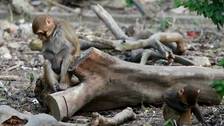 Mid afternoons make an ideal time to set off, ensuring cooler temperatures and sunset vistas from the summit ridge. The route up is easily accessed from Wong Tai Sin MTR Station. Find exit E and begin climbing up Sha Tin Pass Road, stay on Sha Tin Pass Road and you shall gradually rise above the tower blocks of Kowloon. After about 45 minutes of walking, you’ll intercept the Wilson Trail (Stage 4). Turn right and follow the road up towards the ridge line. Walk through the lush forests of Lion Rock Country Park before emerging upon more grassy terrain. Keep an eye out for wildlife along the way, in particular monkeys. For those who want a much shorter stroll, upon reaching the junction between Fei Ngo Shan Road and Jat’s Incline, simply walk back down into Choi Hung via Jat’s Incline. Otherwise I recommend following Fei Ngo Shan Road to the mountain ridge where the Tate’s Cairn Weather Observatory is located. Upon the reaching the summit at 583 meters above sea level, the route emerges from undergrowth to reveal unrivalled panoramas of Kowloon and its surrounds. Pose for dramatic photos above large granite outcrops dating back to the Jurassic Period. Or take a perch, soaking up the relaxing vibes as skies darken and the vibrant lights from the millions below come to life. A quick dash up one of many small tracks running above the road reveals stunning natural vistas over Ma On Shan and Sai Kung Country Parks... the contrast to Kowloon couldn’t be starker. The return route down is fairly simple, but only if you want it to be. Keep walking down Fei Ngo Shan Road to Choi Hung if you want to play it safe. Otherwise, there are a few really awesome alternatives for onwards adventures and ultimately decent back to town. For longer walks, remain with the Maclehose or Wilson Trails as long as you wish. However my pick for the super intrepid is the ridge walk over Kowloon Peak, past ‘Suicide Cliff’ and down the East Face to Clear Water Bay. Be forewarned that this is a very technical and dangerous option only to be attempted by the most experienced of hikers. If in any doubt whatsoever then bring a guide with you, or at the very least do the route in reverse so that you’re climbing the trickier parts of the route. The whole walk should take the best part of three to four hours. Be sure to bring a few snacks and plenty of fluids for consumption along the way as there are no facilities up there. If you are feeling lazy or want shorten the duration, it is possible to cycle, drive or take a taxi up Fei Ngo Shan Road instead.
Tate’ Cairn is a classic year round spot that anyone can have a crack at, yet one with detours that will keep even the most seasoned of hikers more than honest. Its enchanted forests below and spectacular vistas above will no doubt leave one wanting to revisit. If the idea of exploring the outermost reaches of Hong Kong appeals to you, then I recommend heading into the far northern New Territories. Here, one has a variety of landscapes and environments to check out. In past articles, I have highlighted many lakes, mountains and sites of cultural relevance. But what about world class wildlife sanctuaries? Well look no further to the wetlands of Mai Po! The northern plains of HK that host these wetlands are quite vast, running from Lo Wu in the east, to Deep bay in the west. Sitting immediately to the north, the ever-intensifying skyline of Shenzhen provides an astonishing visual and environmental contrast to what lies on the HK side of the border. The most extensive areas worth visiting lie within the heart of this zone, with Yuen Long City serving as the main gateway. Easily reached via the MTR West Rail, once you’re approaching Yuen Long you have a couple of enjoyable options for day activities. Head direct to the ‘Mai Po Nature Reserve’ for the full wetland experience or one can visit the ‘Hong Kong Wetland Park’ for a shorter more family friendly taster. The Mai Po Nature reserve is a protected zone, comprised of mudflats, ponds and mangroves. Offering an extensive habitat for resident and migratory birds, it is a must see for any aspiring ornithologist. Home to approximately 72% of the territories birdlife, the avian biodiversity here is impressive. However it is not all just flocks and feathers, the Mai Po area provides sightseeing for many other animal species. Not to forget the simple tranquility of the place; you don’t have to be big on wildlife to appreciate the calmness and visual beauty of the tranquil backwaters and sounds of long grasses blowing in the breeze. In order to reach the nature reserve, disembark upon reaching Yuen Long Station on the MTR West Rail and walk down to the transport interchange. At this juncture, one can either ride the 76K bus to Mai Po Village and walk 20mins or more simply take a taxi there for around $70. The only snag with Mai Po is that entry to the area is controlled and you will have to join a tour or obtain a permit to go in. Unless you’re a serious enthusiast with affiliations to the WWF and other such organizations, my tip is to join a guided tour. Tours here are fun and affordable with a range of offerings, from a 3-hour $120 exploration to a 6-hour $360 works package. For further information on tours, visit http://www.wwf.org.hk/en/your_support/gomaipo/yeartours/ Perhaps more appropriate for casual visits and families with younger children; the simpler alternative to Mai Po is the Hong Kong Wetland Park. One can easily spend a couple of hours wondering the footbridges and enjoying the many exhibits on show here. Getting to the park is pretty simple compared to Mai Po, as the site is located on the edge of Tin Shui Wai town. Once at Tin Shui Wai Station on the MTR West Rail, transfer to the MTR Light Rail and catch the 705 tram. Hop off at ‘Wetland Park’ station and follow signs across the road to the Wetland Park. Entry tops out at $30 for adults and once inside you have full license to explore. Departing from the grand and informative visitor centre, wonder over elevated boardwalks and floating mangrove walkways. Keep an eye out for birds, crabs and mudskippers along the way.
Overall, this is an adventure location for all. A safe and pleasant excursion catering to the needs of families, yet one that is engaging enough to keep the most intrepid of wildlife gurus and outdoor adventurers engrossed. These approaching weeks are ideal to spot the last of the migratory birds before they embark on their epic journeys northwards over the summer months. Additionally, as it now warms up and there is more rain, yet also more sunshine; there is no better time to get out and explore the incredible wetlands we have here in Hong Kong.
IN THE JULY ARTICLE OF OUR MONTHLY COLUMN IN SAI KUNG/SOUTHSIDE/EXPAT PARENTS MAGAZINES; WE CHECK KAM SHAN 'MONKEY MOUNTAIN'
Tucked away in the hills behind Kowloon lies a hidden wealth. Amongst picturesque landscapes shrouded in thick jungle, interspersed with azure lakes lies the domain of Hong Kong’s wild chiefs. This is Kam Shan, realm of the monkey.
Shek Lei Pui Reservoir stop. For those that have a private vehicle at their disposal, this is a really neat spot to visit as one can venture into the heart of the park with their car. Drive up Tai Po Road and turn off at Kowloon Reservoir, you can then drive across the reservoir dam wall and into the heart of the country park. Make sure to wind up your windows though, or else you may incur a few extra passengers, especially if you have food!
Arriving at the bus stop, you will soon be confronted by many monkeys, invariably a troop of Rhesus Macaques. Although the Rhesus species is native to Hong Kong, the macaques found today are believed to be re-introduced. In the 1910’s during the construction of Kowloon Reservoir, the apes were deployed to the surrounding areas in order to combat the spread of a fruit that tainted the water supply. They can roam in large numbers and enjoy the area around Tai Po Road, as the rubbish bins and increased human presence provides the chance of finding a meal. There are signs at the park entrance spelling out the dos and don’ts in regards to the monkeys. From experience, simply be relaxed. Don’t approach the monkeys with food and they will mind their own monkey business. Direct eye contact and sudden movements won’t endear you to them either. With those unpleasantries out of the way, the monkeys are great fun to watch and can be extremely photogenic!
Heading into Kam Shan Country Park, simply follow the concrete access road into the woods, then across the Kowloon reservoir dam wall. From here there are several cool options to choose from, the most enjoyable one being a walk up to the monkey mountain. Follow the road up the hillside for twenty minutes or so and one will reach a picnic area, usually full of macaques. The monkeys here are a little less feisty than those on Tai Po road and seeing them in their natural treetop habitat is a delight.
Heading back from the country park is equally simple as finding your way in. In addition to taking the bus or driving, there are plenty of taxis on Tai Po Road to flag down.
You’ll very quickly descend back into the city and that monkey mountain will seem a million miles away. A world of dense rainforests guarded by troops of charismatic macaques. Yes, in Hong Kong! |
Categories
All
About usWe are one of Hong Kong's premier adventure & eco tour operators. This is our blog, documenting many of the wild places we explore and show guests. Archives
June 2024
|

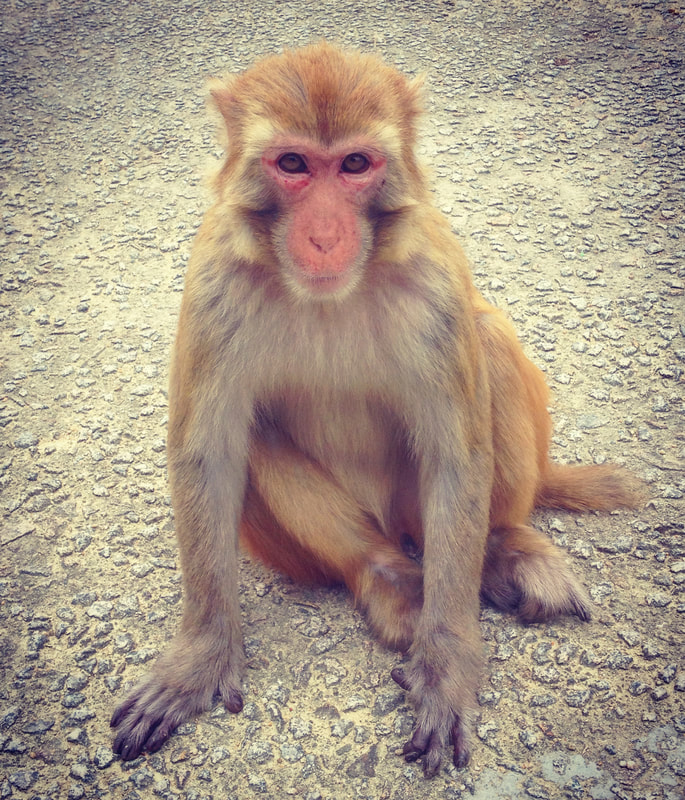
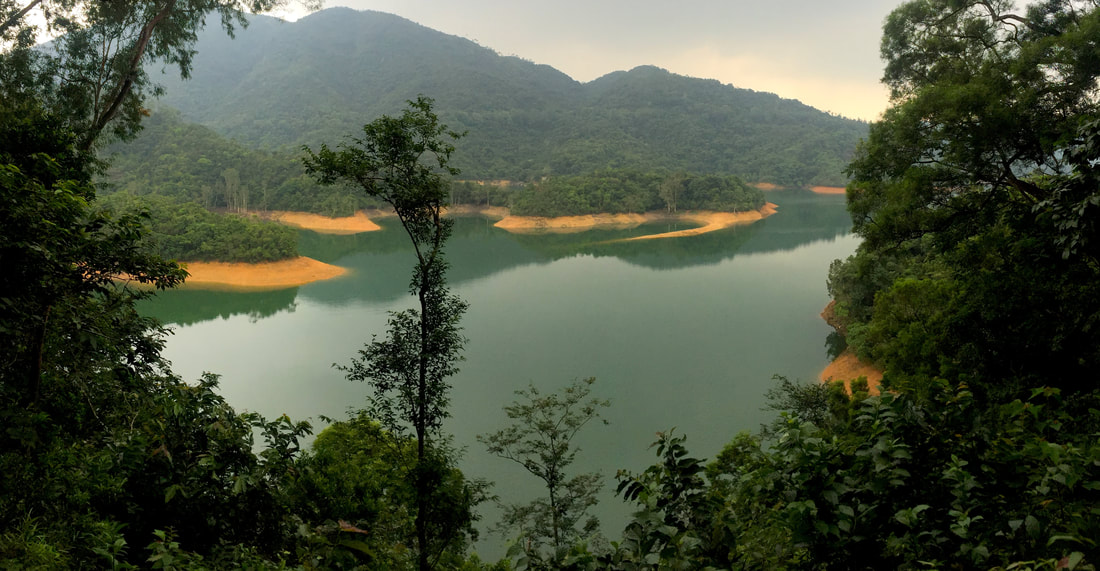
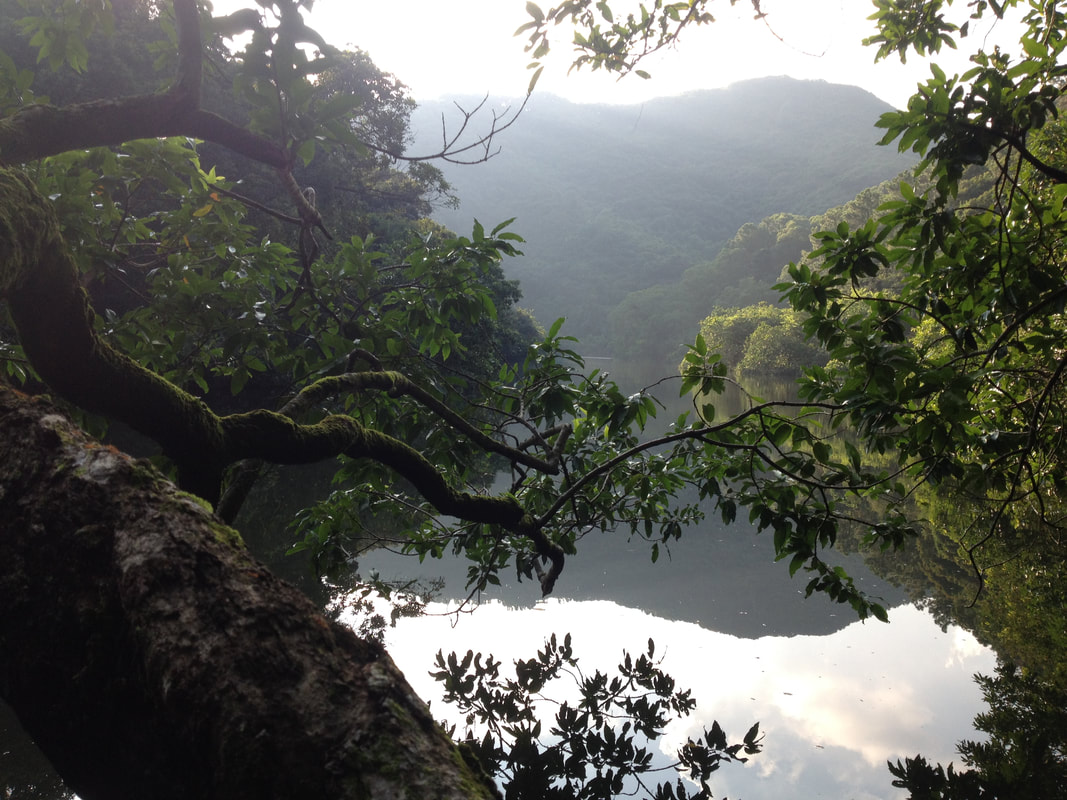

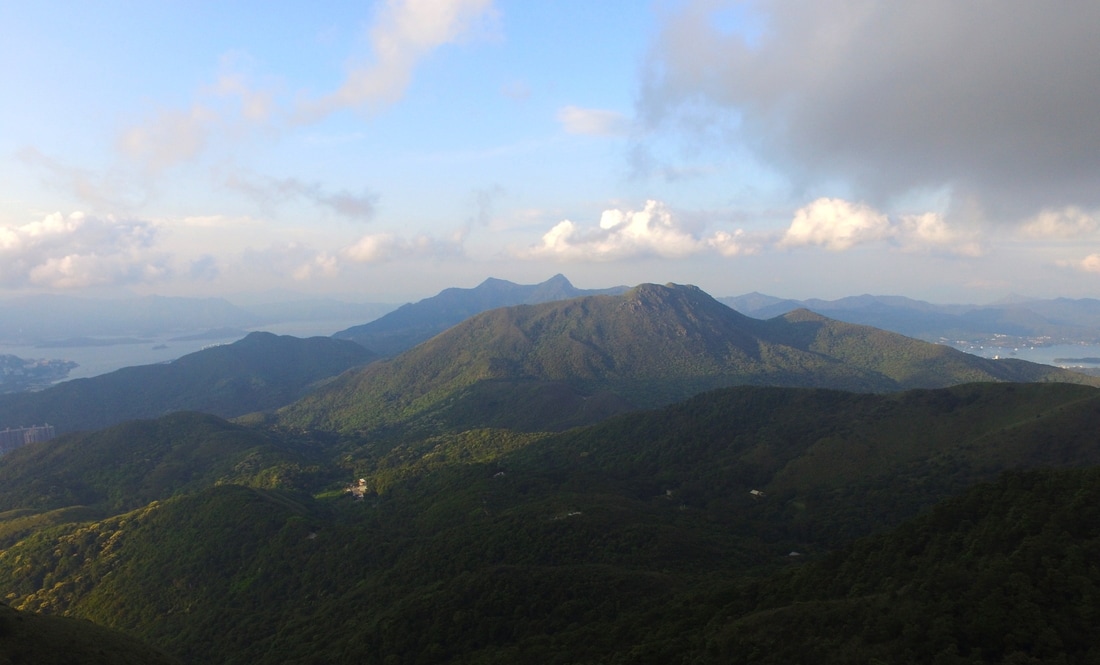
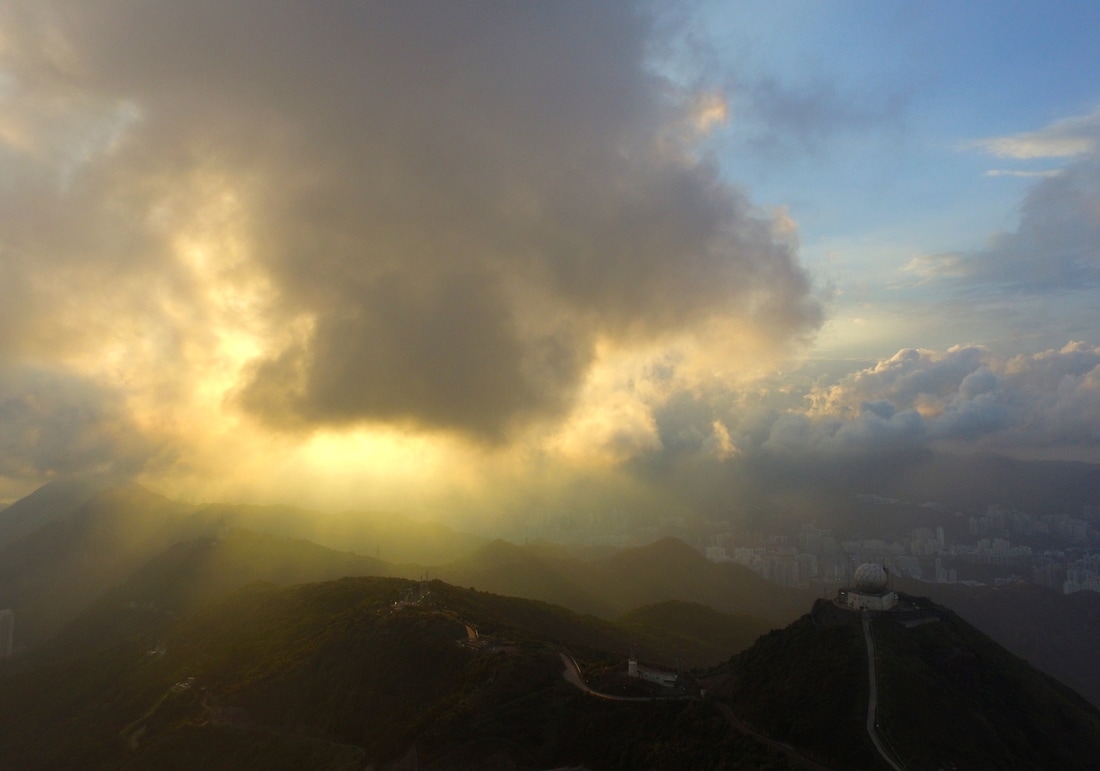
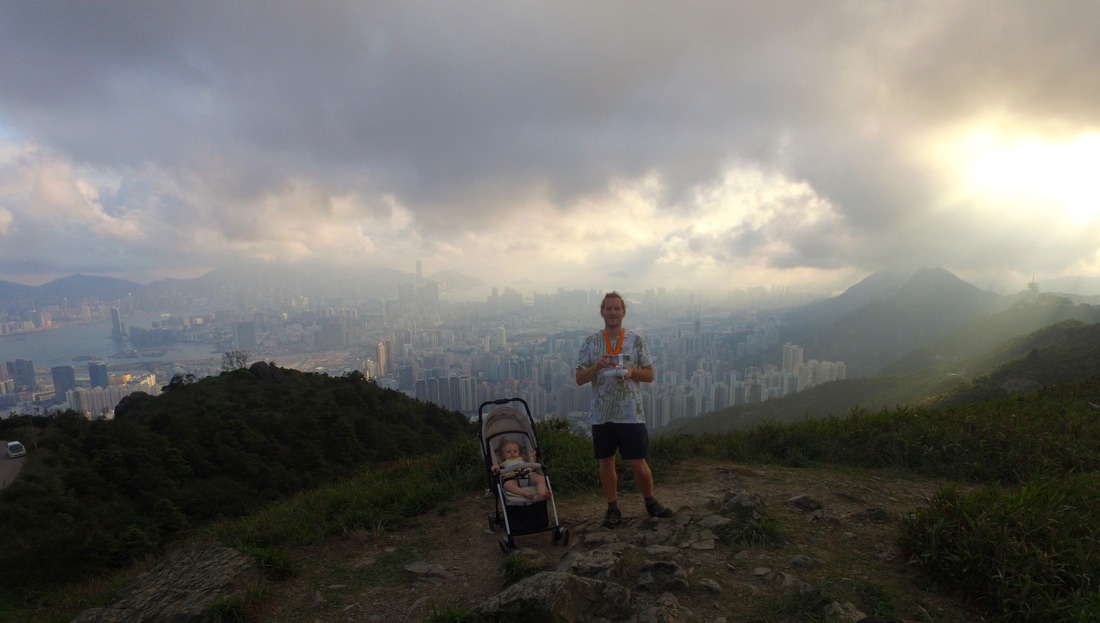
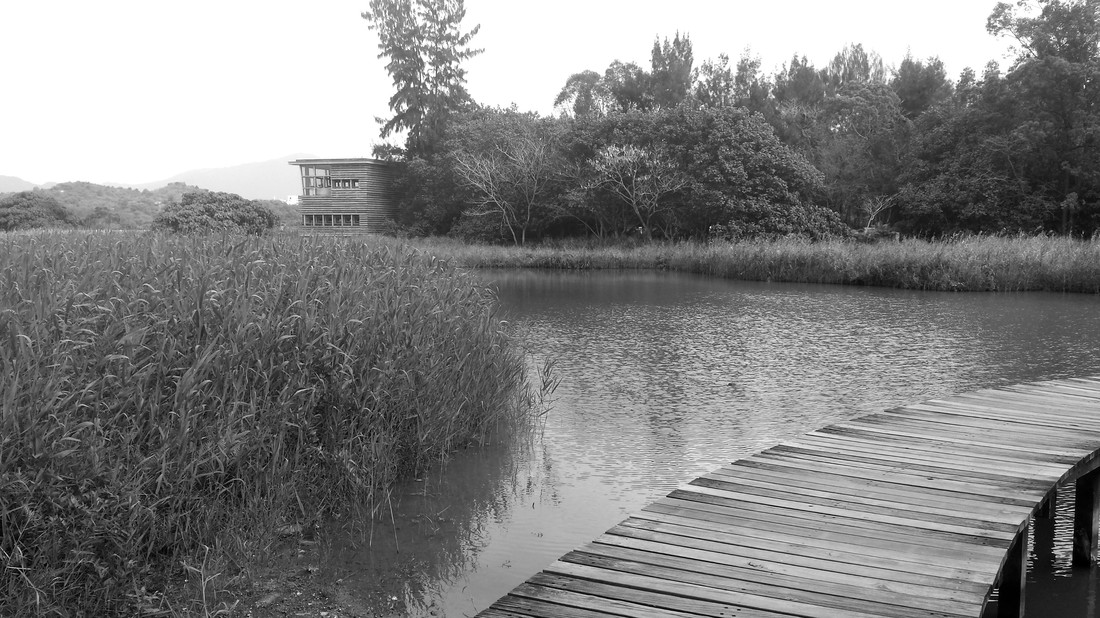
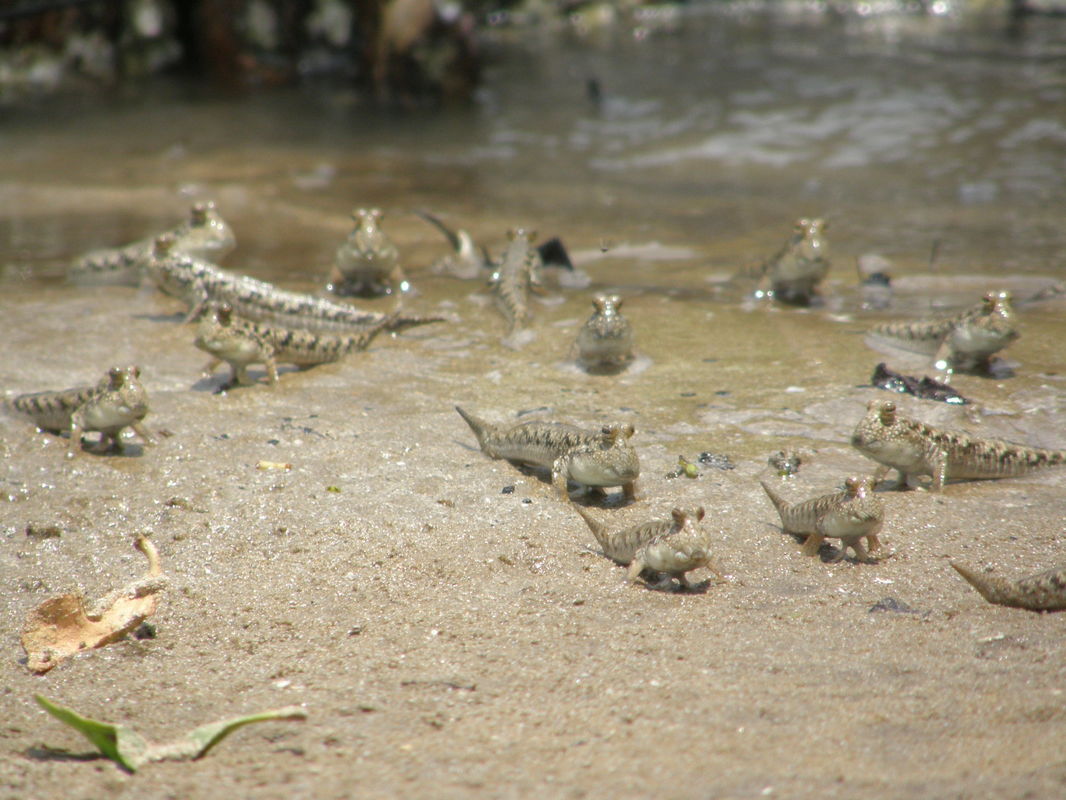
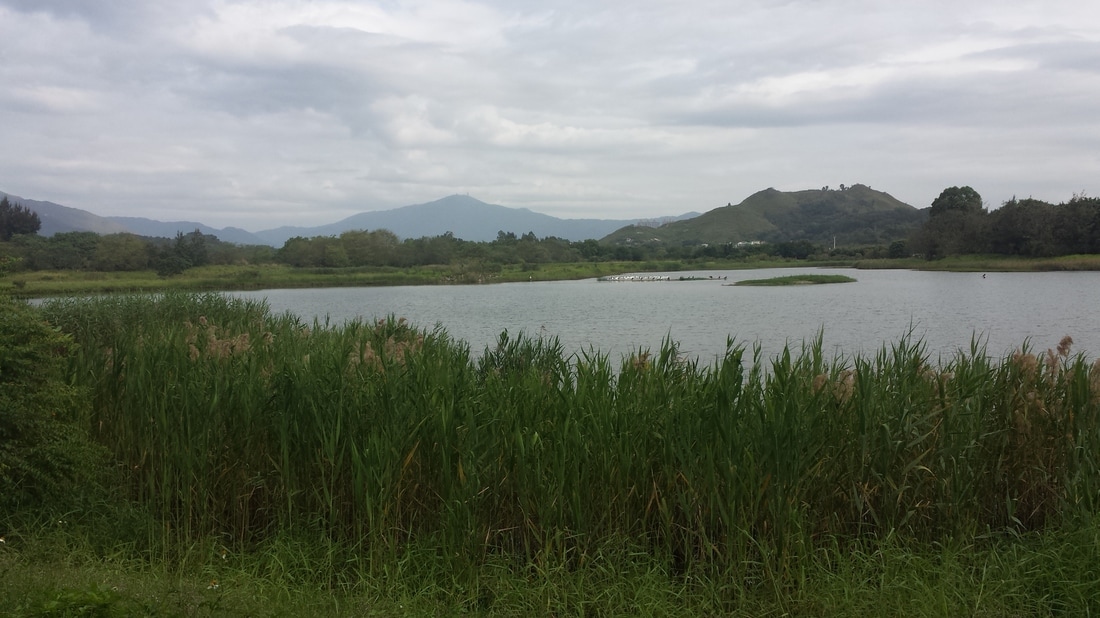
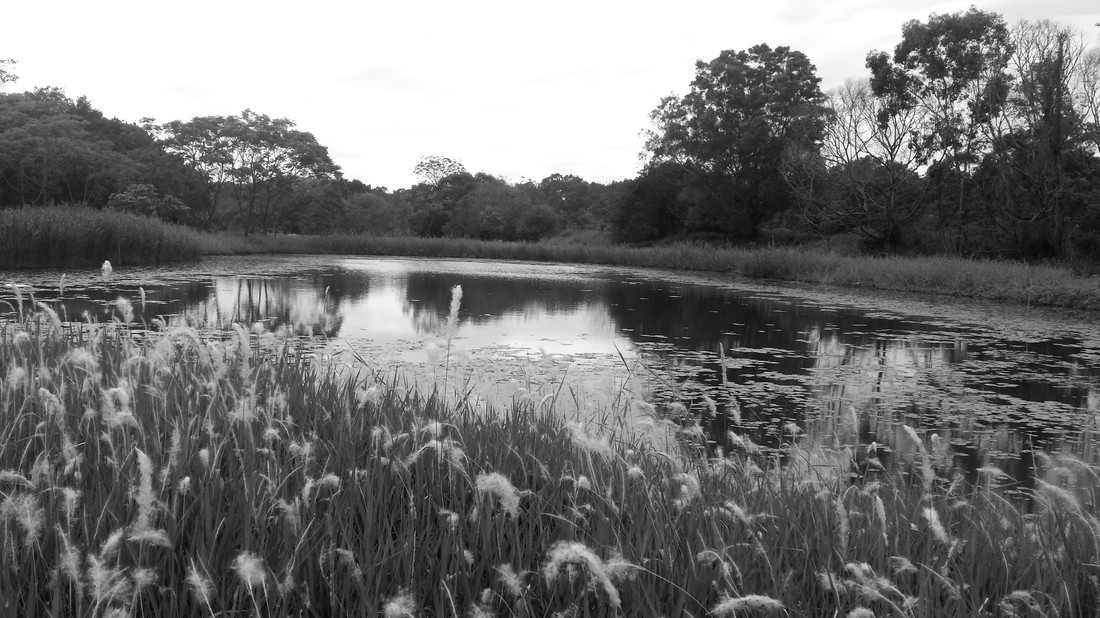
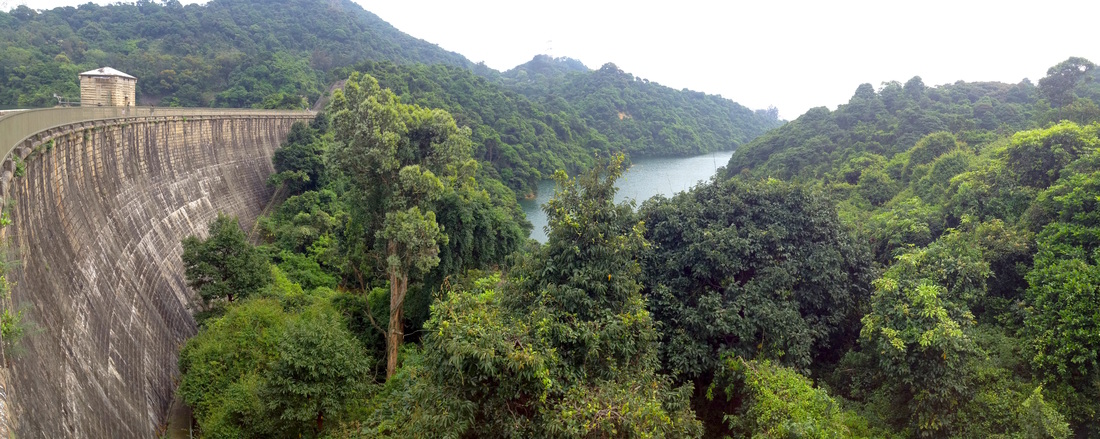
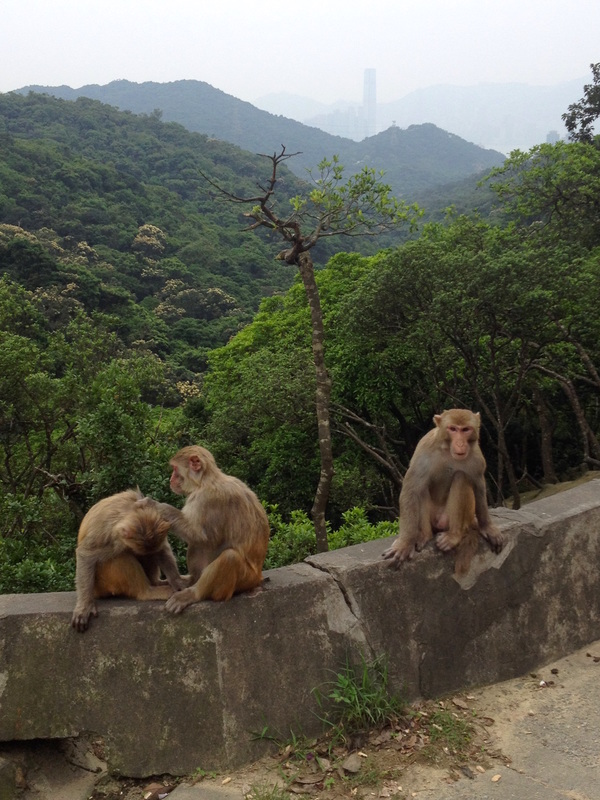
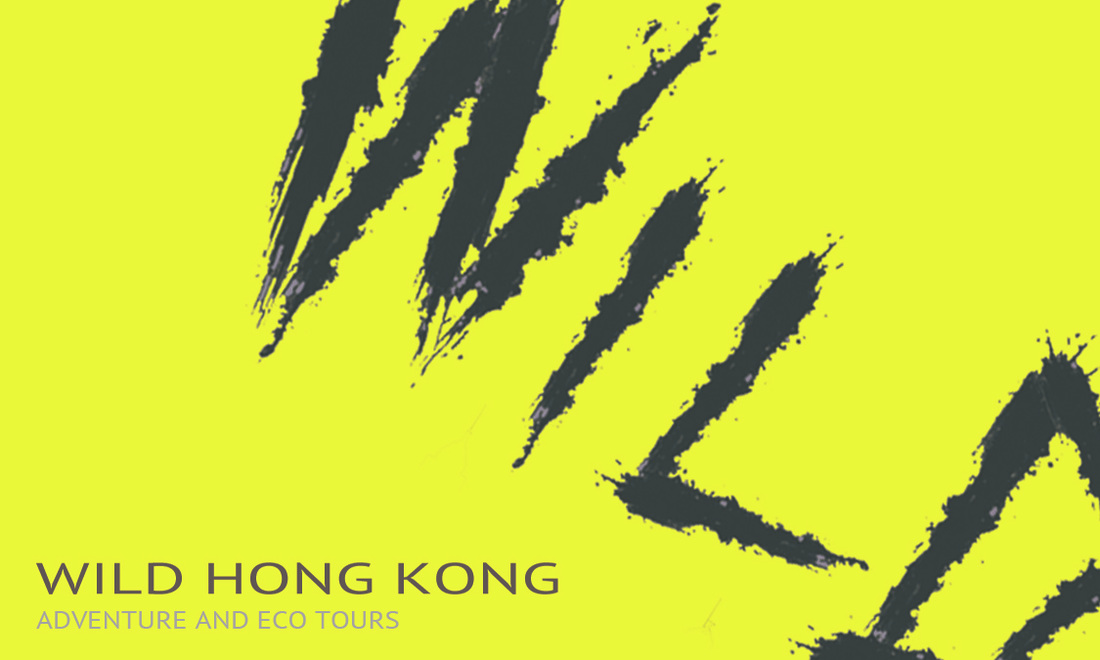
 RSS Feed
RSS Feed
